News:
The subtle — and not-so-subtle — sacking of Kherson
By Konstantin Akinsha
On May 17th, the Main Intelligence Department of the Ministry of Defense of Ukraine published an intriguing press release. It didn’t attract much attention, either from the Ukrainian or international press, perhaps because it provided confirmation of something widely suspected: the Russian occupiers are conducting an organized operation to loot art in the Kherson region.
Russians forces have been observed removing treasures from museum collections and educational institutions in Kherson, although there is a shortage of reliable information. We still have no news about the fate of the Kherson Regional Art Museum. However, that museum isn’t the only important repository of cultural artifacts in the city. The similarly named Kherson Regional Museum, established in 1890 as a local archeological collection, has three locations in the center of town, with rich collections running the gamut from archeology to literature.
There are more than 150,000 catalogued objects in these collections.

Considered the home of one of the best archeological repositories in Ukraine, the museum boasts a unique collection of coins from the Ancient Greek cities of the Northern Black Sea region, along with an impressive array of arms from the 15th to 20th Centuries. It also houses sizable collections of furniture and porcelain.
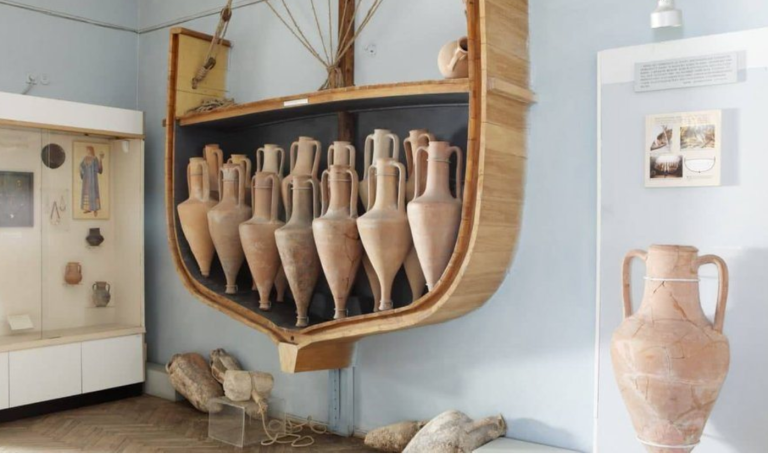
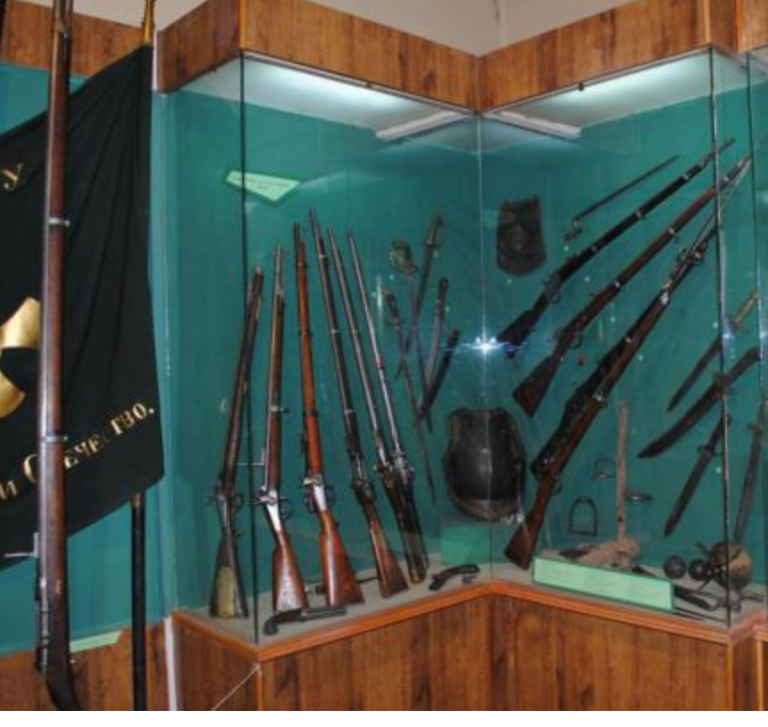
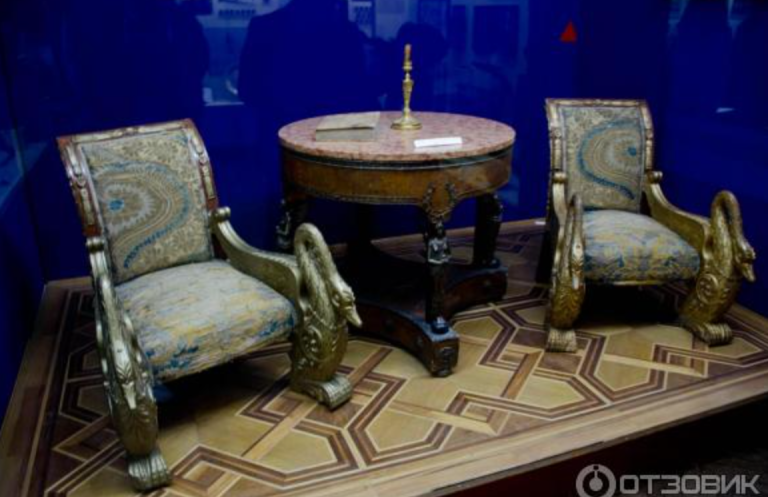
Among its most precious treasures is a priceless collection of Scythian gold jewelry. No one currently knows whether the Scythian gold is hidden in Kherson or was evacuated. If it’s still there, a replay of the looting in Melitopol is certainly possible.
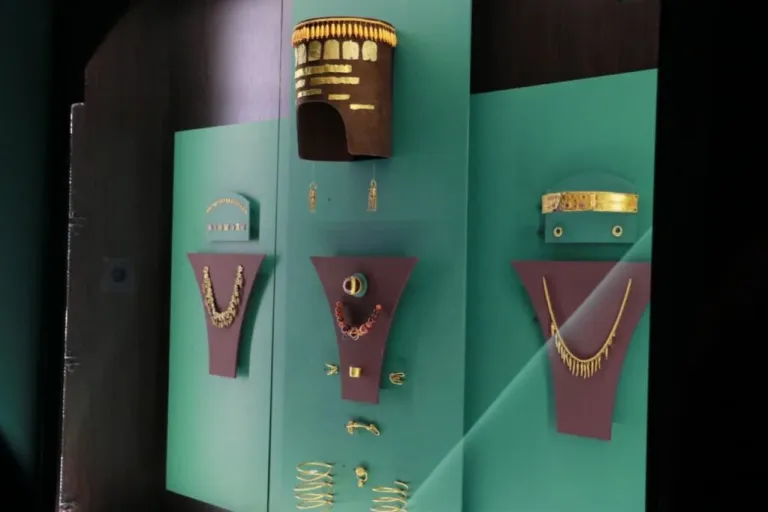
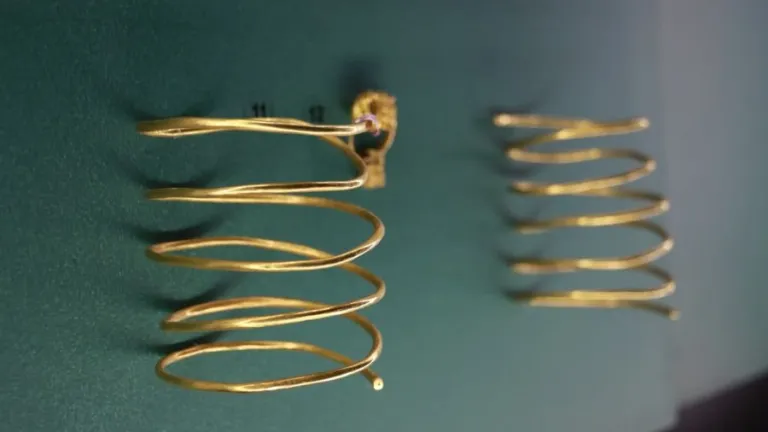
But back to the May 17th press release from the Ministry of Defense.
News of the removal of museum collections was far from its most shocking revelation. According to information published by the Intelligence Department, the Russian occupiers haven’t been limiting their activities to the quasi-official removal of museum exhibits. It seems that a mysterious group of Russians has been stalking private collectors and antique dealers and then confiscating objects of artistic and historical value.
According to witnesses, members of this gang of thieves don’t look like run-of-the-mill Russian military personnel. They tend to dress in Western-made camouflage — even though they’re outfitted with Russian-issue guns. They like to drive Toyota SUVs. They work in tandem with local “experts” — Russian collaborators who provide information about collectors and dealers and then appraise the “liberated” objects. After an appraisal, the loot is transported to Crimea by small trucks accompanied by convoys of SUVs and sometimes by Russian military armored cars.
These are shocking allegations that require verification on the ground. Unfortunately, the Kherson region is under Russian occupation, which makes any such inquiries extraordinarily dangerous.
One wonders: are we witnessing the reincarnation of the notorious Nazi ERR (Einsatzstab Reichsleiter Rosenberg), which undertook the confiscation of certain private collections — i.e., collections belonging to “racial” or political enemies of the Reich — wherever the military was free to operate?
The war in Ukraine has unleashed the entrepreneurial energies of the ordinary Russian soldier. According to some reports, the cost of an approved “evacuation” from the Russian-sealed region to other parts of Ukraine comes with a black-market price tag of $1,000.
Who knows how far the Russians’ creative self-enrichment in Kherson will go?


